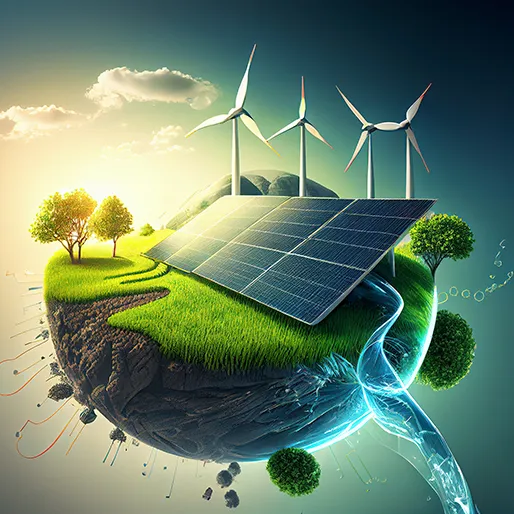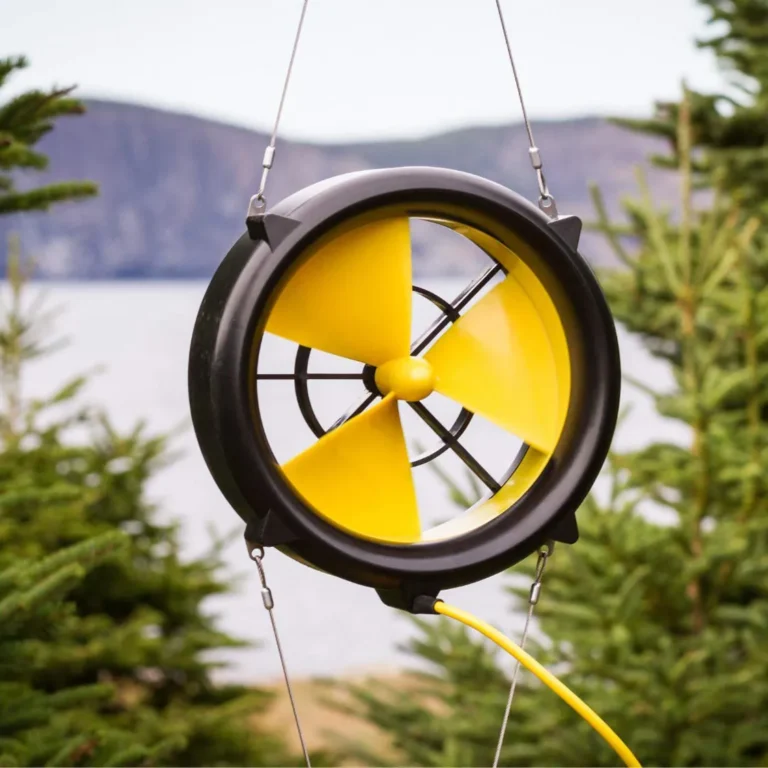Harnessing the Power of Nature: DIY Water Systems for a Sustainable Future
Introduction
In a world facing increasing water scarcity and pollution, harnessing the power of nature through DIY water systems is becoming more essential than ever. By utilizing natural processes and resources, individuals and communities can create sustainable water systems that reduce reliance on traditional sources and protect the environment.
Benefits of DIY Water Systems
There are numerous benefits to implementing DIY water systems, including:
- Reduced water bills
- Less strain on municipal water supplies
- Increased self-sufficiency
- Protection of local ecosystems
- Improved water quality
Types of DIY Water Systems
There are several types of DIY water systems that individuals and communities can implement, including:
Rainwater Harvesting Systems
Rainwater harvesting systems collect and store rainwater for later use. This water can be used for watering plants, flushing toilets, and even drinking with proper filtration. By capturing rainwater, individuals can reduce their reliance on municipal water supplies and conserve resources.
Greywater Recycling Systems
Greywater recycling systems collect and treat water from sinks, showers, and washing machines for reuse in irrigation or toilet flushing. By recycling greywater, individuals can reduce water usage and protect local waterways from pollution.
Constructed Wetlands
Constructed wetlands are natural water filtration systems that use plants and microbes to treat wastewater. By mimicking natural wetland ecosystems, constructed wetlands can purify water and improve water quality before it is released into the environment.
DIY Water System Implementation
Implementing a DIY water system requires careful planning and consideration. Here are some steps to follow:
Assess Water Needs
Before building a DIY water system, assess your water needs and determine how much water you can realistically capture or recycle. Consider the climate, local regulations, and available resources.
Design the System
Design your DIY water system based on your water needs and available space. Consider factors such as rainfall patterns, roof size, and water quality requirements. Consult with experts or online resources for guidance.
Build the System
Construct your DIY water system using quality materials and following proper installation techniques. Consider hiring a professional for complex systems or if you are unsure of your abilities.
Maintain the System
Regular maintenance is essential for keeping your DIY water system running smoothly. Clean filters, check for leaks, and monitor water quality to ensure optimal performance.
Conclusion
Harnessing the power of nature through DIY water systems is a practical and sustainable solution for addressing water scarcity and pollution. By utilizing natural processes and resources, individuals and communities can create self-sufficient water systems that protect the environment and reduce reliance on traditional sources. With careful planning and implementation, DIY water systems can help build a more sustainable future for all.
#Harnessing #Power #Nature #DIY #Water #Systems #Sustainable #Future







